How The Isle Of Man TT Was Brought Back From the Brink Of Disaster
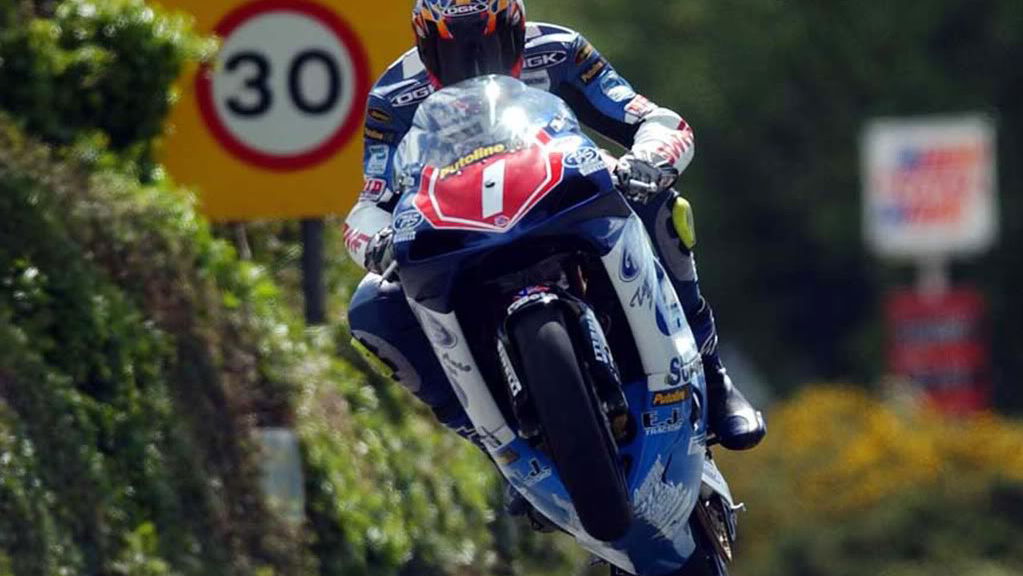
Closer to the edge
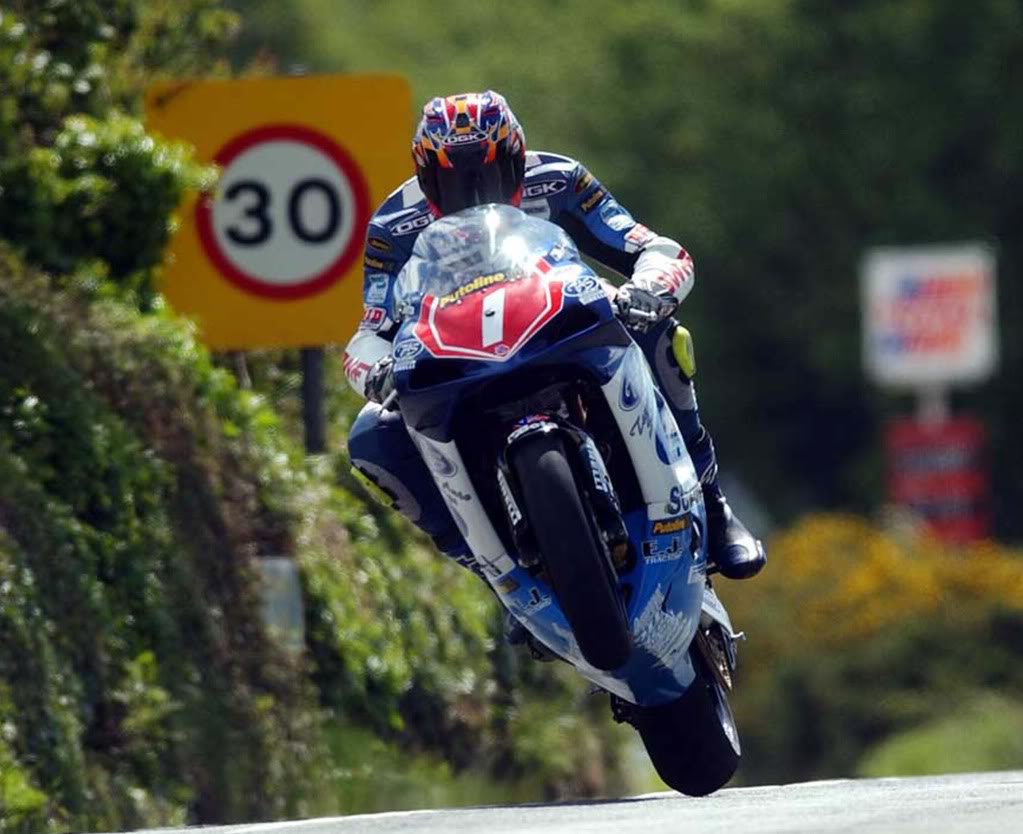
In the early 2000s, the TT, the oldest and most prestigious motorcycle-racing event in the world, was on its knees. The names of Dunlop, Hislop and Fogarty were long gone, and even though entry numbers were high, the talent on the grid was sparse. The event was been kept alive by the spectacular efforts of ‘king of the mountain’ Big David Jefferies.
During practice on Thursday 29th May 2003, that was all to come to an end. As Jefferies tipped into the fearsomely fast left-hander on the entry to Crosby village, he crashed on oil dropped by another competitor. He was killed instantly. His loss was a massive blow to the Island and to the motorcycling community as a whole. Although over 200 riders had perished on the Manx circuit, the death of Jeffries raised moral and ethical questions about the future of this incredibly dangerous event.
However, 12 years on, the death of Jefferies can be seen to have been the catalyst for change. There was an urgent need to professionalise the event and have it comply with the standards of modern motorsport. Changes were quickly introduced, and now in 2015, the TT is being shown in 130 countries, visitor numbers are higher than ever and there has even been a proposal for a TT world series. So what made the difference?
Plan of attack
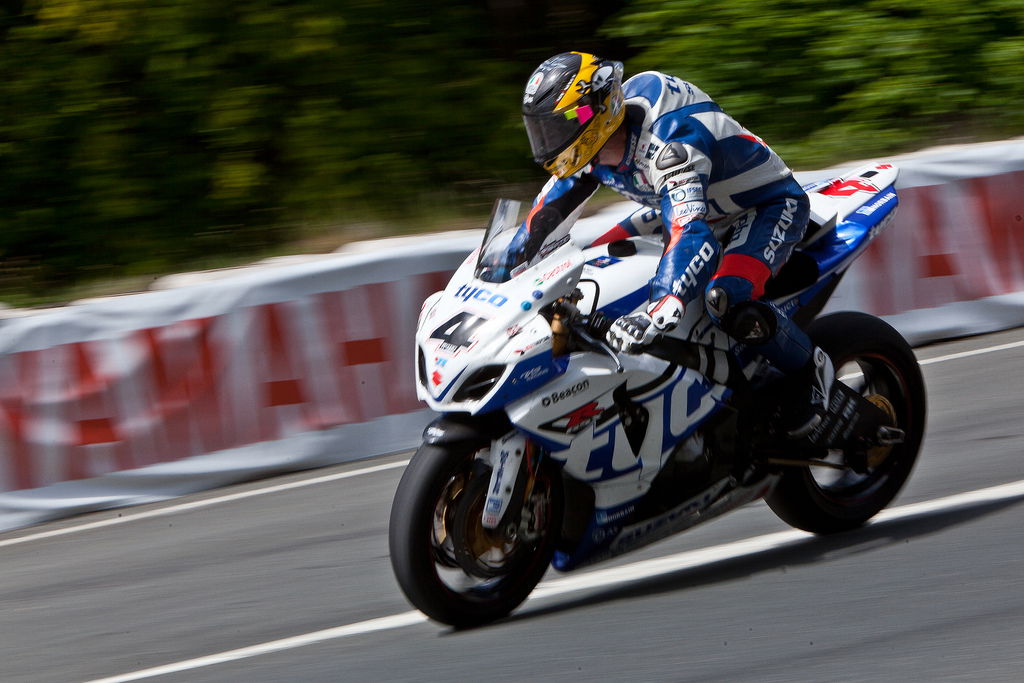
A new approach to rider recruitment was introduced by Paul Phillips, TT and Motorsport Development Manager. The old guard of Anstey, Lougher, Farquar and Archibold cut their teeth on the Irish road-racing scene, but Phillips focused his attention firmly on the British Championships. He recognised that the British Championship could provide a steady source of new talent that would help secure the future of the TT. The results have been impressive, with riders such as Steve Plater, Peter Hickman and Lee Johnston all showing good pace on the Mountain circuit.
However, attracting talent to the Island hasn’t always been easy. In the 1990s, short circuit racers often baulked at the idea of racing on a 37 mile circuit. It was seen as dangerous, outdated, and unnecessary, and it wouldn’t help racers progress in their short circuit careers. This view has changed with the enormous commercial success of the TT and the high profile of Guy Martin and Michael Dunlop. This has helped Phillips and his team attract more new talent from the short circuits.
The ladder to success
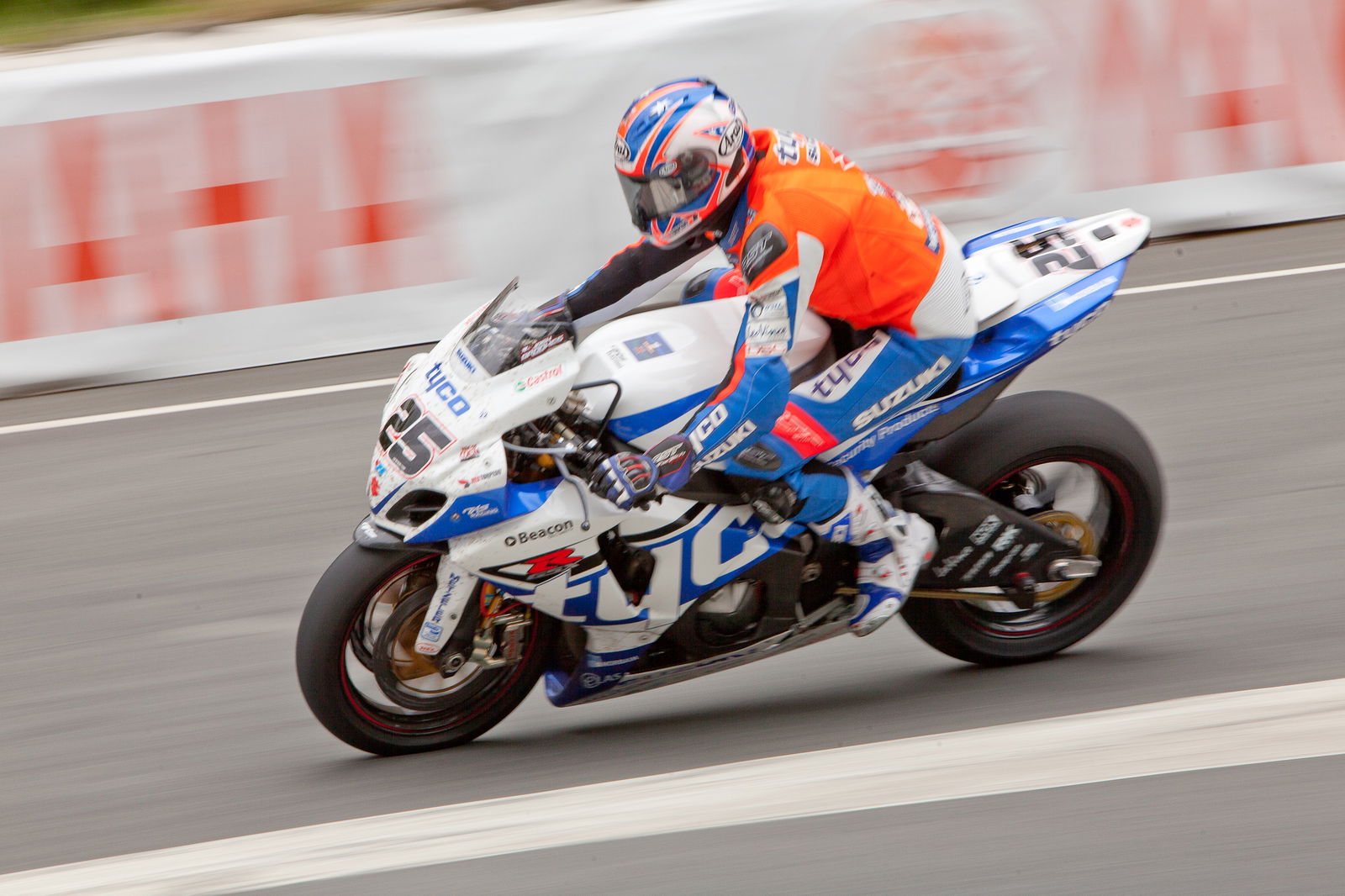
Outside of Formula 1, motorsport in all its forms is still a niche sport for the well heeled. Sponsorship has always been hard to find but it has been especially difficult in the economic climate of the last five years. Bringing money to a team is essential with sponsors expecting a return on their investment. In most classes of racing there is limited media exposure with reward for funding being a few seconds of TV airtime. However, transformation of the TT has resulted in high quality TV coverage, a dedicated radio station, a well promoted movie, live internet timing and extensive print media interest. This has given the event international reach and significance and has allowed prize money to be increased. Riders benefit from a full stable of well prepared machinery across a range of classes and many chances to shine over the course of a packed week of practice and racing. The TT offers significant profile and prizes for far less investment than other forms of bike racing. They have found a winning formula.
Peter Hickman has shown that the TT is a viable route to stepping up the short circuit ladder. In 2014, after a decade of riding in BSB, Hickman was left without a ride in the British Championships. It looked like his career was well and truly over until team manager Paul Shoesmith stepped in and offered him a place in his Ice Valley racing team. The season would consist of the three big internationals, NW200, TT and Ulster GP, and the Macau Grand Prix.
Hickman, who had only ever raced on the short circuits, surprised everyone when he took the title of fastest ever newcomer at the NW200 and the TT. His success on the roads and the press coverage that came along with it bagged him a ride with the competitive RAF Reserves Honda BSB team. A true success story.
The dangers of the roads
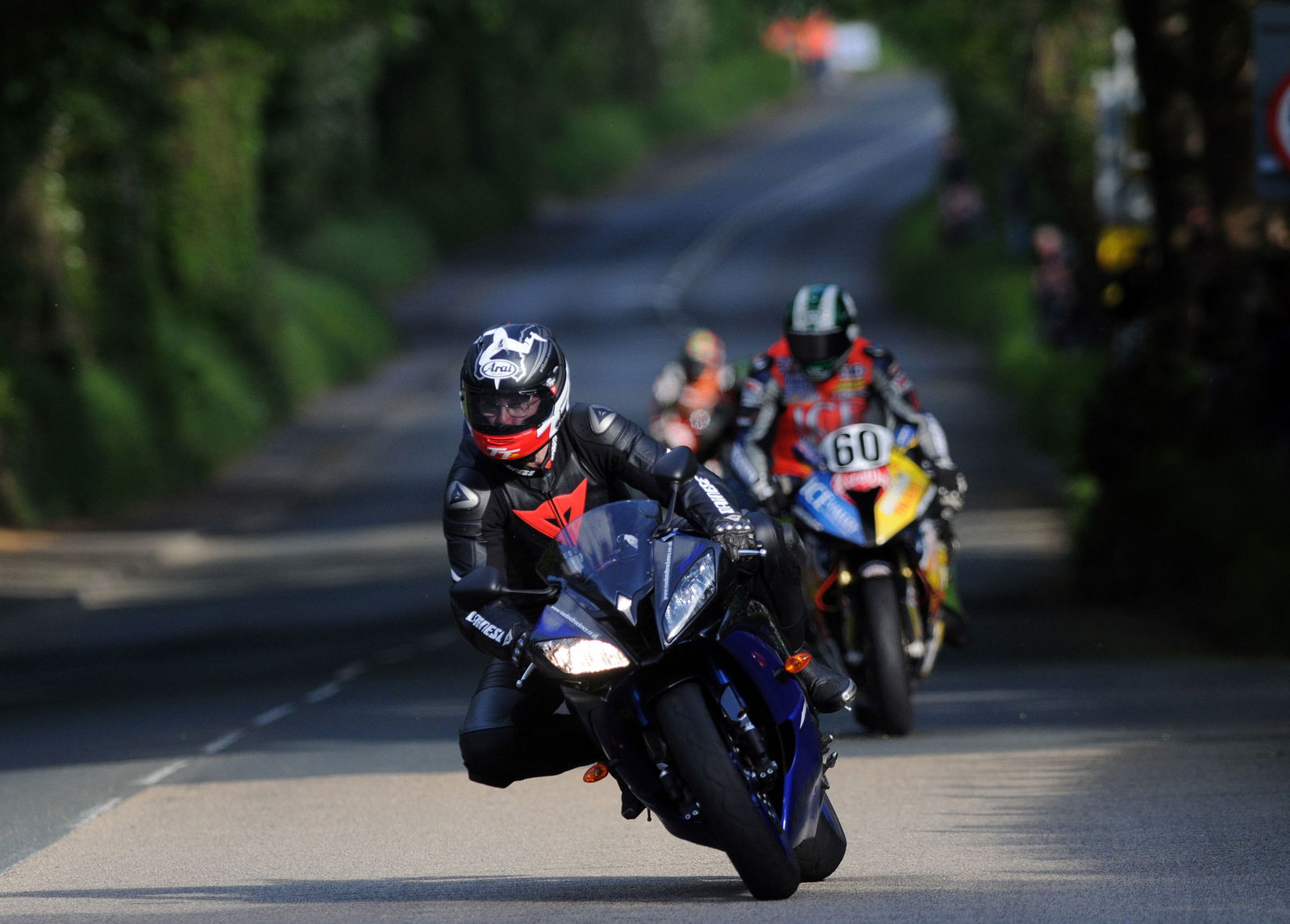
So with all of these benefits, the allure for young riders wanting to race on Mona’s Isle is clear to see. But, it must be remembered that the Island is still a dangerous place. And even though Paul Phillips has experienced recent success with short circuit racers, this tactic isn’t without its risks.
Milky Quayle, rider Liaison Officer at the TT, understands the dangers of the circuit more than most. At the 2003 TT he clipped the bank at the rock-lined Ballaspur and suffered career-ending injuries. With his unique understanding ‘Milky’ has implemented an in-depth mentoring programme for newcomers to the event. He ensures that riders visit the island and study the course months before they arrive for the races. He has introduced speed-controlled laps behind experienced ex-competitors, and he coaches newcomers throughout the entire event.
But with new riders making the transition from short circuits to the roads, going faster doesn’t necessarily mean pushing harder. Road racers often claim that they’re giving it 100 per cent and are riding as hard as they would be at Brands Hatch or Thruxton. However, finding the limit is an option at Oulton Park, it isn’t at the NW200. So when half the grid has previously produced results by pushing to the limit and beyond, this carries with it an intrinsic danger. A ‘rubbing is racing’ style doesn’t sit comfortably with circuits lined with houses and telegraph poles. This was demonstrated when Alistair Seeley and Lee Johnston came together at the North West. A similar incident also occurred at the TT when Johnston took out Josh Brookes by diving under him at the Creg. Both accidents occurred in areas with no run off. Luckily all riders walked away.
Planning for the future
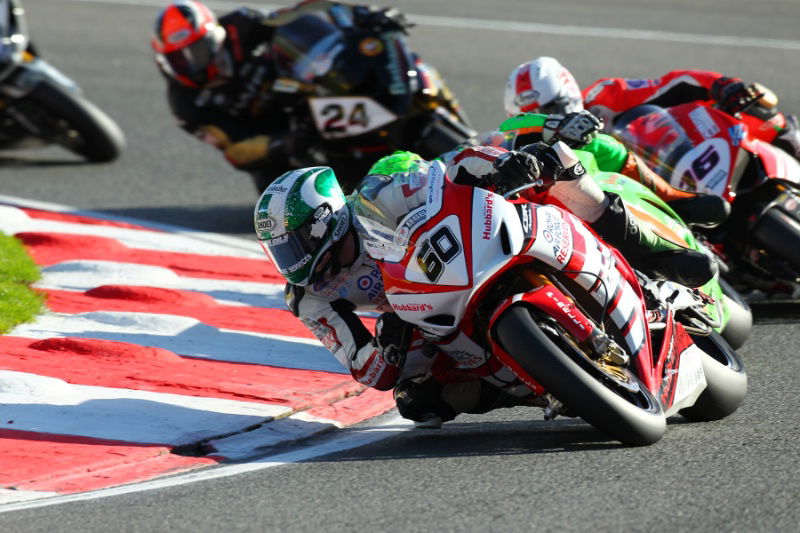
Brookes, Johnston and Seeley were lucky, Simon Andrews and Karl Harris were not. With the loss last year of two of BSB’s prominent figures, event organisers need to look at further safety measures. It has to be asked, how will the organisers deal with more high profile deaths? These events will never be made completely safe, and let’s face it, no one wants to see the TT littered with big run off areas and protective fencing. It’s not what road racing is about, but it is vital that the sport keeps developing and fatalities are not simply ignored.
Riders should be free to push their boundaries and climb ‘their Everest’. But young riders must enter these events with their eyes wide open, and it is a responsibility of the organisers and team managers to make sure this happens.
For the time being the TT will have to ensure that competitors are riding for the right reasons. And at the moment, they’re doing a great job. Peter Hickman, Lee Johnston and Danny Webb are a testament to their efforts. All three riders have expressed their intentions of riding at the TT event for years to come, thus becoming specialist road racers. Danny Webb stated it won’t be a “one off thing”, which is great because the TT should never be a means to an end; an event that is used as a stepping-stone to achieve the end goal of a BSB or WSB ride.
2016
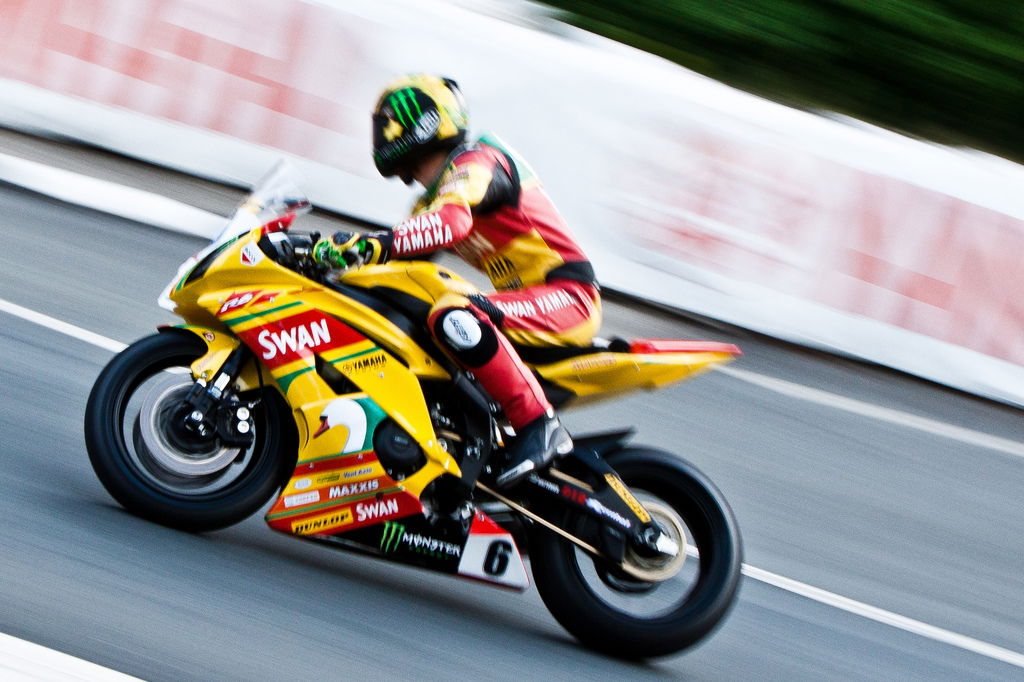
2015 has been a golden year for the event with Ian Hutchinson coming back from serious injury to win two races, Bruce Anstey finally got his ‘big bike’ win and John McGuinness showed he’s still on top form by absolutely blowing everyone away in the Senior TT. We honestly can’t wait for what 2016 has in store.
Comments
Great article, I don’t really know much about the history of the TT, but when I I first watched it two years ago I was blown away. It is, in my opinion the most exhilarating motorsport event in the world. It’s good to know that the event is going strong; I’ll go and see it live one day for sure.
Bruce Anstey doing 126mph average lap on a 1992 Yamaha YZ500 at the classic TT was the most impressive achievement for me this year.